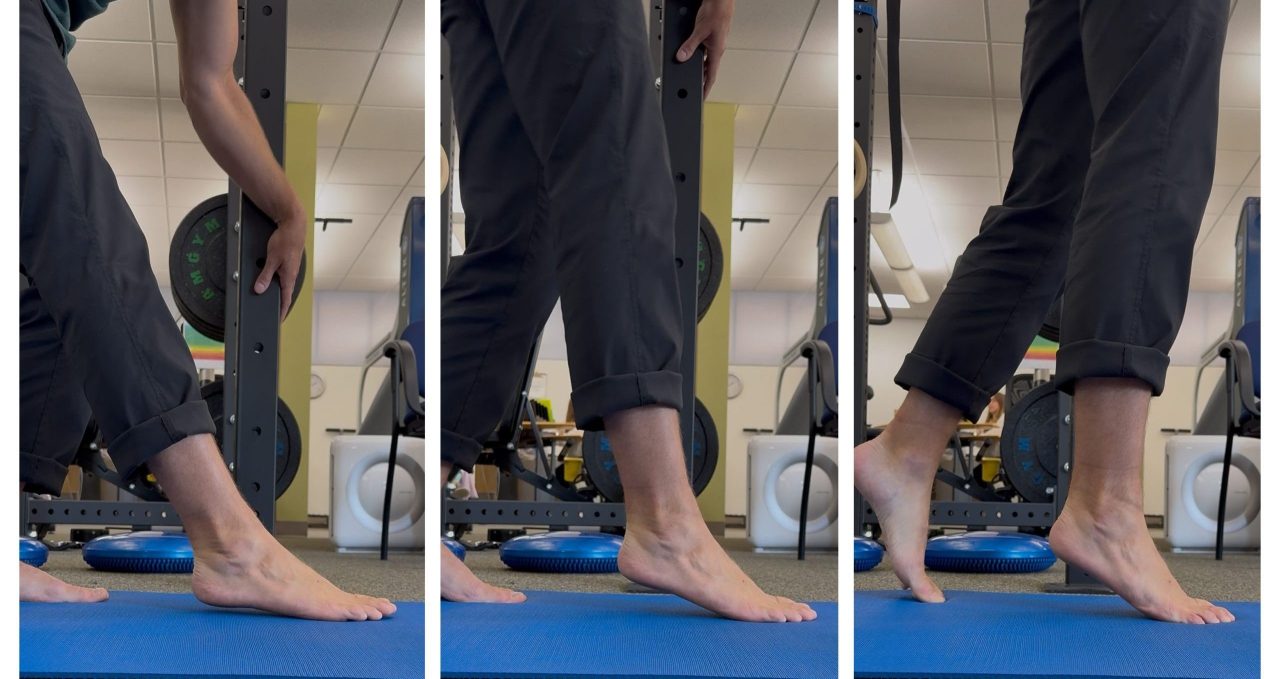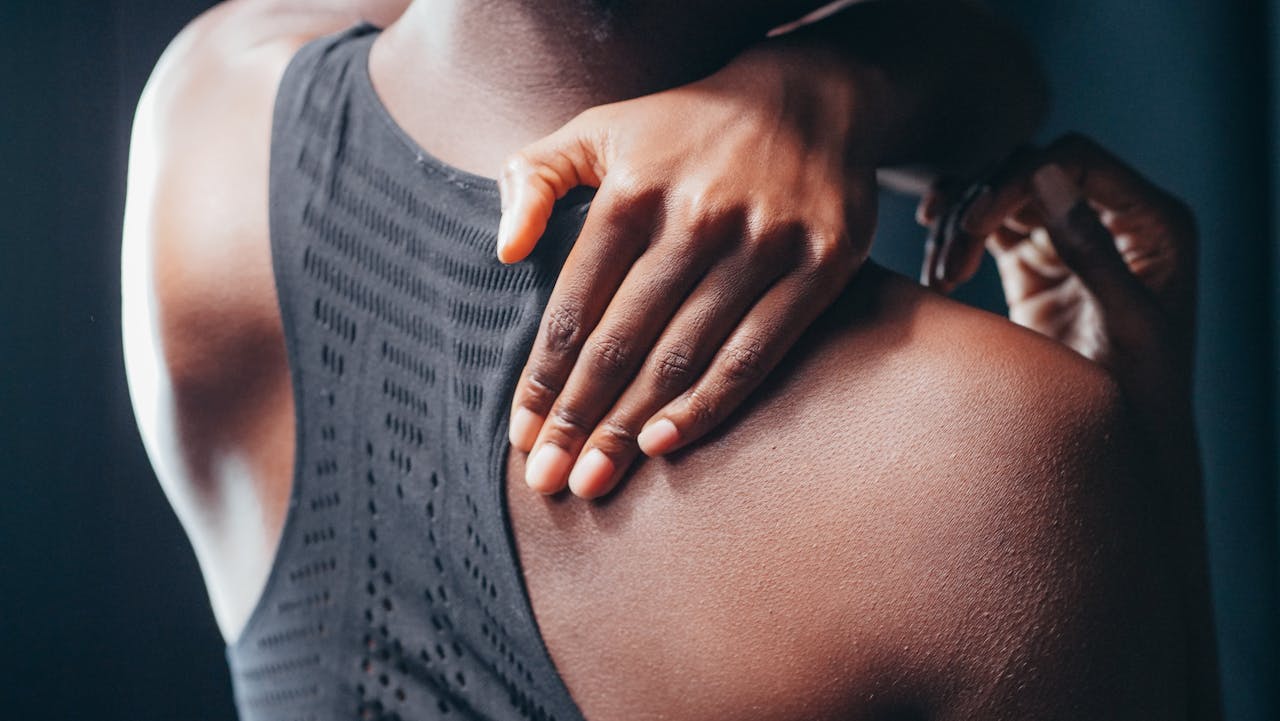Most people know that heel raises strengthen your calf by pointing your toes into plantar flexion. But did you know that your calf is much more than your Gastroc and Soleus? And if you aren’t performing the heel raise with the intent of lifting your heel – you may not be strengthening your gastroc soleus.
Your Single Leg Heel Raise Should Look Like This:
If it doesn’t look like that, fully equipped with heel wrinkles galore, there may be some other muscles trying to do the work of the much larger gastroc/soleus.
There are 5 other muscles that will help you raise up onto your heels:
The Posterior Tibialis (Post Tib)
Flexor Digitorum Longus (FDL)
Flexor Hallucis Longus (FHL)
Fibularis Longus and Brevis (The Peroneals)
Plantaris
Only the Gastroc and Soleus will connect into the heel and lift your heel up. And that means, ONLY the Gastroc and Soleus will get you full range of a heel raise.
Technically the Plantaris will run along side (or occasionally inside) the Achilles tendon, connects into the heel, and with therefore lift the heel as well. We can usually ignore this as a significant contributor to plantar flexion strength (its a tiny muscle). Unless there is a stubborn Achilles Tendinopathy – then we might have to look closer at a potential Plantaris tendinopathy.
The Other 5 muscles, cross behind the ankle bones (the axis of motion) so when they contract they will act as plantar flexors. But you might notice some different ankle/foot motions:
Inversion
Eversion
Toe Curling/Blanching
The one thing you won’t see with the others is as many heel wrinkles.
Heel wrinkles are a must to ensure you are targeting the Gastroc/Soleus and Achilles Tendon. If you can achieve a full single leg heel raise, lifting your heel all the way up, amazing! Your goal is 20 in a row. If you are a competitive athlete, your goal is 30, plus you should start adding weight with your 6-8 reps of 4-5 sets.
If you can’t do a Single Leg Heel Raise, here is your progression:
Plantar Flexion Heel Slides

Double Leg Heel Raise
Isometric Heel Lift with Assistance


Marching In a Heel Raise

Maybe You Are Targeting Another Muscle with Your Heel Raise:
Posterior Tib Progression
If you have a dropped arch, you may want to strengthen Posterior Tib. It wraps around the bottom of your foot to assist the plantar fascia in lifting the arch up.

With a band around your ankles – push your ankles out to the side into the resistance as you raise up onto your toes. This will deviate your weight onto your little toe, which is okay for what we are working on.
The Peroneals Progression
Are you recovering from a sprained ankle? Or have a high stiff arch and frequently roll your ankle? You could probably benefit from more targeting peroneal training:

FHL/FDL Dominance
Are your toes curled, bunched up, blanched, and pushing your ankle over the little toe? Your FHL and/or FDL might be doing most of the work, are short, and need to be stretched. Try lifting up your big toe/all the toes, and then rolling over the ball of your foot as you do a heel raise:

This is just the beginning of how you can modify your heel raises to most effectively train what you need.
If you haven’t seen the results you have expected to see with your rehab, give us a call today (303-444-8707) to help you problem solve why. We at ALTA will get you back on track!
And don’t forget to follow us on instagram!

















